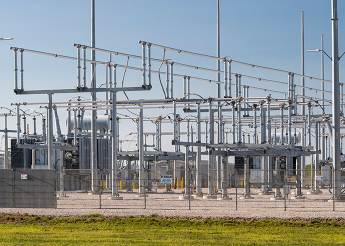As the utility industry navigates a period of significant transformation, a few key themes consistently surface. From the complex regulatory environment to the challenge of maintaining affordability for customers, the landscape is evolving at a pace unfamiliar to utilities in concert with the pressures they face. These shifts demand fresh thinking and constructive approaches.
I recently moderated a panel of industry executives on what they see coming for their utilities and the industry as a whole. Here are the five recurring motifs that we discussed, as well as some thoughts on how today’s complex environment is shaping expectations for tomorrow.
1. Studying the Intersection of Load Growth and Project Demand
The scale of growth and capital investment in utilities right now is unlike anything we’ve seen in recent history. After decades of relatively stable load, projections of big load growth are driving significant capital investments. Total investment in the sector is projected to increase from $174 billion in 2024 to over $200 billion annually in 2025 and beyond, with more than 40% allocated to transmission and distribution systems.
With load growth comes added pressure to make the right decisions to protect consumers while avoiding investing in things that could become stranded assets. It’s increasingly clear that stable, well-defined policies are essential for attracting the capital necessary to support expansion in today’s environment while protecting the most vulnerable. When regulations are consistent and predictable, they create a foundation of trust that allows for long-term planning and investment, particularly in a sector that relies on multidecade assets. Uncertainties in the market and the economy complicate decisions, making it vital for utilities to approach financing decisions with caution and flexibility.
2. Rethinking Capital Strategies in a Changing Market
In low-load-growth environments, consolidation via mergers and acquisitions has been the historical strategy for accretive growth, but recent years have brought a shift. Today, utilities are diversifying their approach to capital and are exploring tactical solutions like minority interest sales, private equity involvement and partnerships. This shift speaks to a new dynamic in which utilities are balancing shareholder demands with the expectations of regulators and customers. Alternative financing models and strategic alliances are providing the flexibility to adapt quickly to market demands, particularly in a landscape that values stable, consistent growth.





